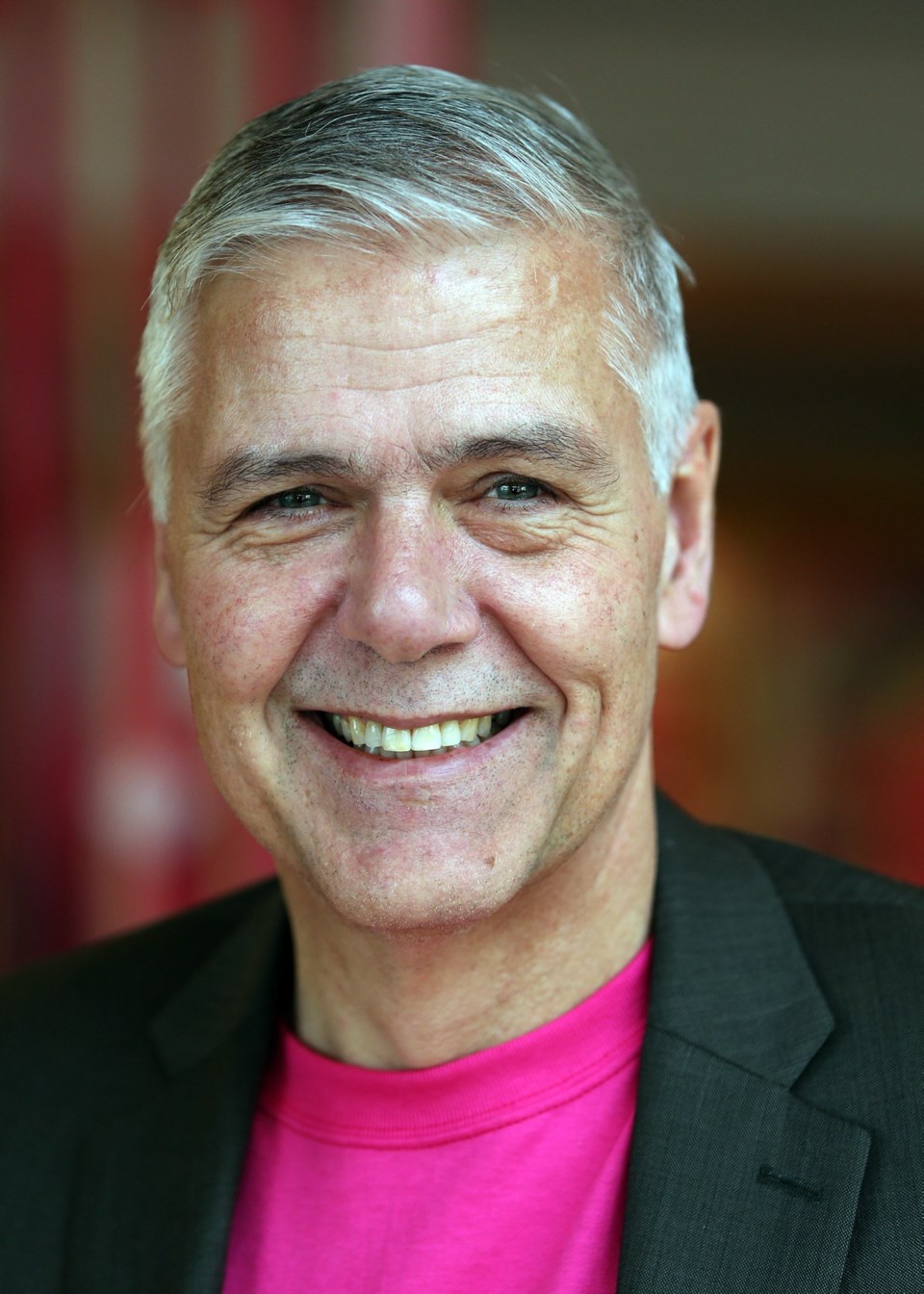Jaya Scott admits that personal electronic devices can be a distraction in the classroom — but points out they also have value in a learning environment.
“They do get used for unrelated things,” said the 2016 Esquimalt High School graduate now attending Western University. “They’re a source of entertainment.”
Scott was part of a technology-stewardship committee in the Greater Victoria school district, where a broad technology plan is scheduled to be brought to the school board in November.
“This technology is very prevalent, and we can’t fight it, we can’t get rid of it,” she said. “Therefore, we have to find a way to ensure that is still allowing for learning and can still be used in productive ways.”
District superintendent Piet Langstraat said the presence of a plan doesn’t mean every keystroke on a student’s device will be education-oriented. But having something on the books will go a long way to ensuring efficient use of technology.
“Will students text message on occasion? Sure they will,” he said. “We passed notes in school when we were younger. It’s the 2016 equivalent.”
The committee’s work has included “the whole bring-your-own-device-to-school discussion”, Langstraat said, along with creating a strategy for a district-wide approach to the “ethical and appropriate use of technology.”
“Philosophically, as a district we believe, for educational purposes, students should be able to bring their own devices,” Langstraat said.
Scott said technology plays an expanded role in her first-year university classes as compared to high school. For example, she said, some instructors post slides of notes in advance of classes.
“I’m able to download those and then annotate them,” she said. “That is very cool.”
Scott said that she has seen a varied approach to technology, with some teachers much more accepting than others.
Controlling the use of personal devices is up to the “professional determination” of teachers, Langstraat said.
“They’re designing the instruction in the classroom for that day. It makes sense that they would be the ones determining whether the lesson of the day actually lends itself to that kind of approach.”
Ensuring that all students are equipped regardless of their ability to pay for devices is vital, said Saanich school district superintendent Keven Elder.
Other technology-related issues have arisen, as well, Langstraat said. “How do you appropriately use social media? How do you determine whether a source or a resource on the Internet is legitimate?”
The Sooke school district has an established policy designed with the use of personal devices by students in mind, said superintendent Jim Cambridge. In connection with that, the district’s two-year-old high schools — Belmont and Royal Bay — were built with plenty of bandwidth available, he said, and similar capability has been added to some older schools.
Technology is also a focus in the Greater Victoria district with an ongoing project to give technology upgrades to all classrooms, including display screens and speakers connected to the Internet. In all, 430 classrooms are being upgraded at a cost of close to $1.9 million. Work should be completed in early 2017.



